There’s nothing like planting a beautiful garden, only to have burrowing animals eating your carrots and making tunnels through your lettuce patch. Despite being cute and fluffy, gophers are a farm and garden pest.
Along with rabbits and field mice, gophers are some of the most common mammals that disrupt growing crops. There are plenty of ways to kill gophers—most garden stores sell poisons over the counter. But poison is dangerous for scavengers and predators higher up the food chain. Eating poisoned gophers could kill them.
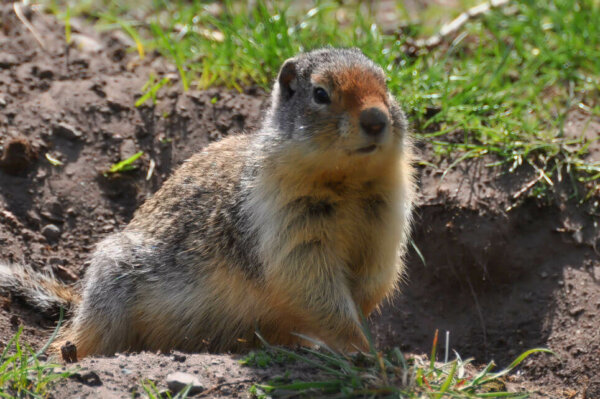
Also, some types of gopher are protected, like the Mazama pocket gopher, found only in a limited range of southwestern Washington state. Let’s take a look at some non-lethal ways to manage and discourage gophers.
Physical Barriers
For an underground barrier, dig 2-4 feet down under where you are going to grow your crops and lay down chicken wire or hardware cloth horizontally. Hardware cloth is the more expensive—but more effective—option.
https://www.instagram.com/p/BJIsSMIjZI3/?tagged=gopherproblems
Pour topsoil back on top of the wire and plant your vegetables. You will also need a vertical fence around the crops—bury it deep enough that it meets the underground barrier.
You can also buy “gopher baskets” made of hardware cloth to put over growing vegetables.
Scents
One primary technique for controlling gopher populations is to put substances with unpleasant scents near gopher burrows and around your growing beds, in hopes of driving them away. Some potential scent-weapons include rotting fish scraps, peppermint oil, or coffee grounds, spread around the entrances to gopher holes.
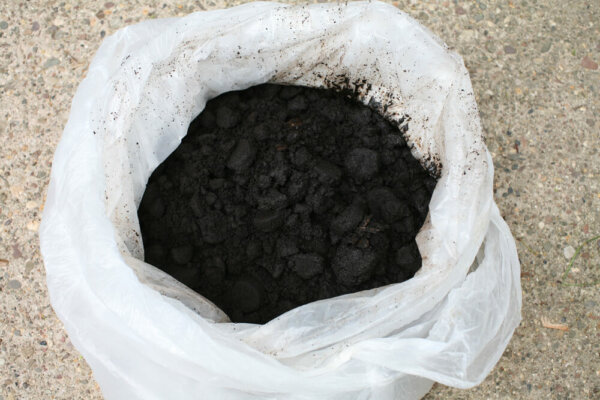
You can also use chemical perfumes like dryer sheets, old air fresheners, mothballs, scented candle wax, etc. Use scents that are not found in the gophers’ natural habitat.
Some homesteaders use cat or dog feces as a repellent, but I don’t recommend it. Consider the danger for contamination of your vegetables—especially those you will eat raw, like lettuce.
Repellent Plants
Another anecdotal remedy is that gophers dislike eating the roots of certain plants, like daffodil and marigold. Intercrop planting of these flowers may help repel gophers. Euphorbia lathyris, also called gopher spurge, is an ornamental shrub which can also be planted in the vicinity of your garden.
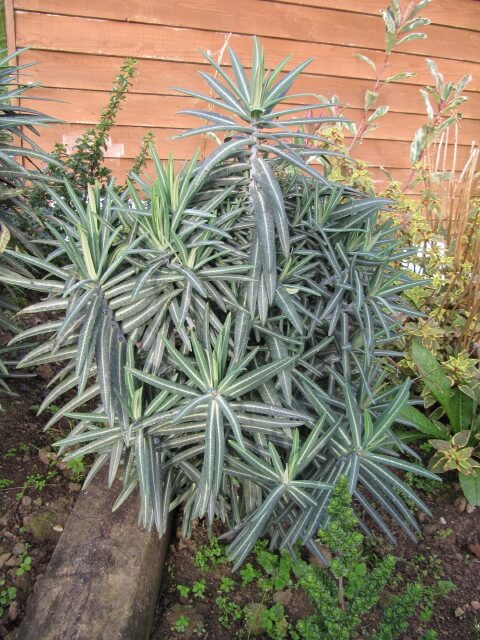
Castor bean plants will give gophers indigestion and diarrhea. You can grow the plants near your crops. Or, use castor oil with a few drops of dish soap added as an emulsifier. Spread the mixture over the ground near any plants you want to protect.
Wormwood is toxic to gophers, as it is to other animals. If you don’t want to plant wormwood in your garden, you can brew a strong tea with the leaves and pour it in the gopher holes.
Sound
Something else to try is disruptive noise. Put a small, battery-powered radio in a plastic bag (to protect it from moisture) and leave it on in the garden near gopher burrows.
It is unclear if a particular type of music is better than others in deterring gophers, but the non-natural noises suggest to the gophers that the area is no longer safe.
Flooding
A potentially lethal but non-toxic method of gopher eradication is to flood the burrows with a garden hose. The gophers may or may not drown but will vacate their burrows.
Predators
Natural predators are the best remedy for gophers. You can get a rat terrier or other dog that will attack gophers. Barn owls are an excellent wild predator.
They will nest on beams in old buildings. You can encourage barn owls to nest by building nest boxes. Check out more info on how to protect and promote barn owls here.
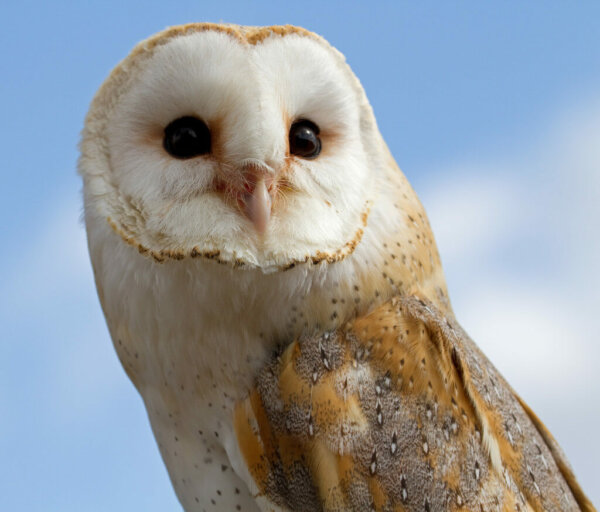
Regardless of what method you use, you may have to return it again and again. Pests are a fact of life when farming and gardening. Most importantly, never use poison. If you have pets, they could eat it and die, as could birds of prey and other natural predators and scavengers.
Experiment with different methods to find one that is sustainable for you. If gophers are endemic in your area, ask your neighbors what they recommend. Good luck!






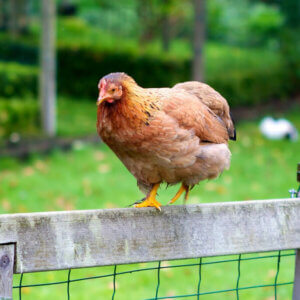
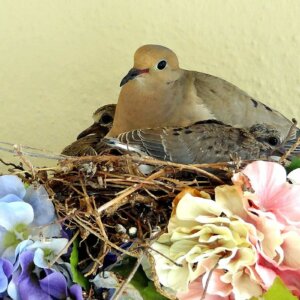


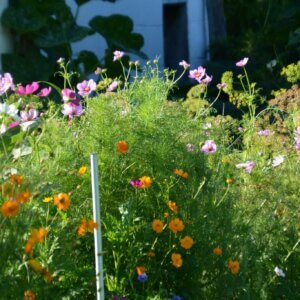







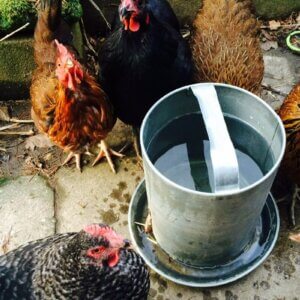
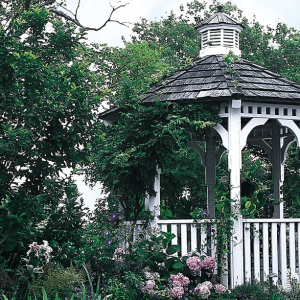
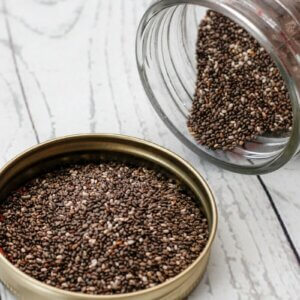


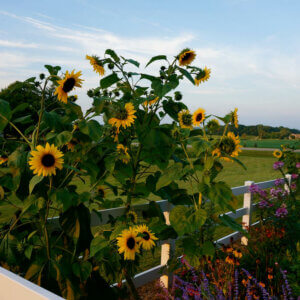


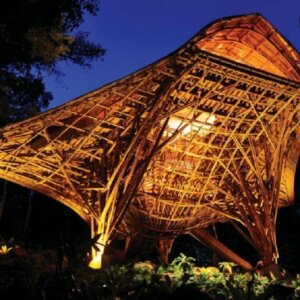


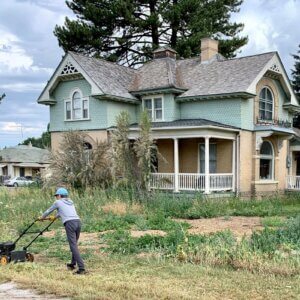
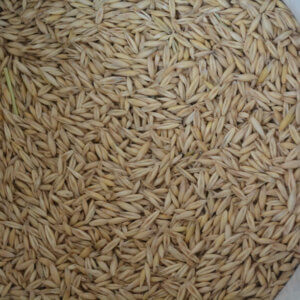

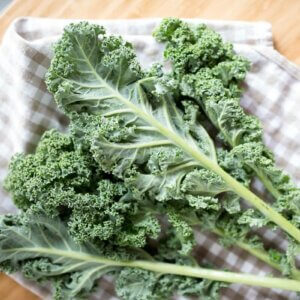

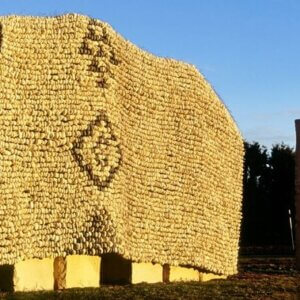
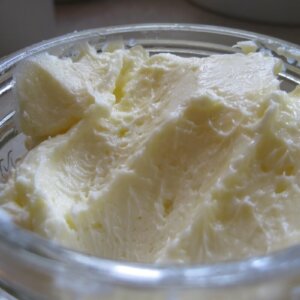




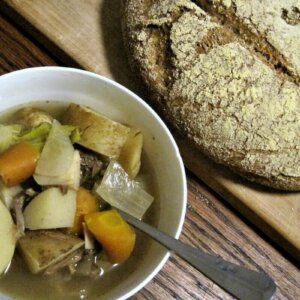
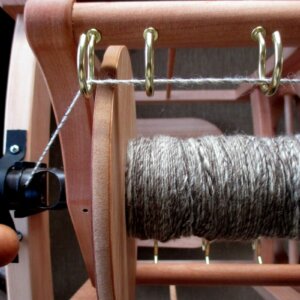
My grandfather was flooding the holes! It was fun back then for us!
it seems to me that interplanting with radishes helps. The rascals still selectively ate my oea seedlings and left the radishes but a basil pkant i thought was history, being protected by radishes has made a come back. Is this typical?